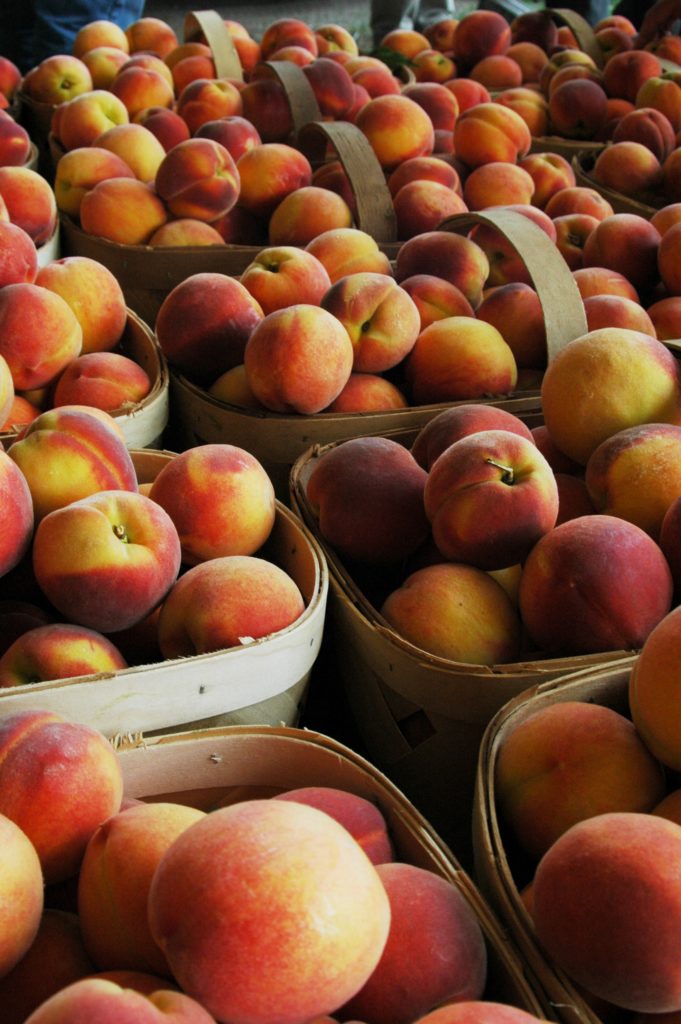Dormant Copper Sprays and Sanitation for Disease Management
go.ncsu.edu/readext?590353
en Español / em Português
El inglés es el idioma de control de esta página. En la medida en que haya algún conflicto entre la traducción al inglés y la traducción, el inglés prevalece.
Al hacer clic en el enlace de traducción se activa un servicio de traducción gratuito para convertir la página al español. Al igual que con cualquier traducción por Internet, la conversión no es sensible al contexto y puede que no traduzca el texto en su significado original. NC State Extension no garantiza la exactitud del texto traducido. Por favor, tenga en cuenta que algunas aplicaciones y/o servicios pueden no funcionar como se espera cuando se traducen.
Português
Inglês é o idioma de controle desta página. Na medida que haja algum conflito entre o texto original em Inglês e a tradução, o Inglês prevalece.
Ao clicar no link de tradução, um serviço gratuito de tradução será ativado para converter a página para o Português. Como em qualquer tradução pela internet, a conversão não é sensivel ao contexto e pode não ocorrer a tradução para o significado orginal. O serviço de Extensão da Carolina do Norte (NC State Extension) não garante a exatidão do texto traduzido. Por favor, observe que algumas funções ou serviços podem não funcionar como esperado após a tradução.
English
English is the controlling language of this page. To the extent there is any conflict between the English text and the translation, English controls.
Clicking on the translation link activates a free translation service to convert the page to Spanish. As with any Internet translation, the conversion is not context-sensitive and may not translate the text to its original meaning. NC State Extension does not guarantee the accuracy of the translated text. Please note that some applications and/or services may not function as expected when translated.
Collapse ▲Kari A. Peter | Penn State University
Below is an excerpt from Kari A. Peter at Penn State article on use of dormant applications of copper to manage fungal and bacterial diseases in apple, pears and peaches. Sanitation is critical for limiting fruit rots in the orchard.
Continue reading the full article.
Dormant sprays to manage fungal and bacterial diseases
Growers are encouraged to apply dormant copper sprays on apples and pears to control fire blight, apple scab, and possibly other fungal diseases, such as apple (Marssonina) blotch and bitter rot. When using copper, growers will want to aim for 2 lb/A of metallic copper: pay attention to the % metallic copper equivalent (and amount of metallic copper per unit) listed on the label of the copper you use. Also, late dormancy is the time to apply oil to control certain insects. During dormant sprays, it is okay to mix oil and copper. Since minimal green tissue is present, the risk of phytotoxicity from the copper-oil mix is very low. Consequently, the emergence of green tissue will want to be monitored when this combination spray is used, especially with the current fluctuating temperatures as we enter March.
Another issue following us from the fall is the large amount of fruit abandoned in the orchard after the 2023 season. This issue can be an excellent fungal spore source for fruit rots and other problems to wreak havoc in the orchard this spring. To help break down these old apples, consider a urea application, which can be applied directly to the ground and done before bud break or as late as green tip. Dissolve 40 pounds of feed-grade urea in 100 gallons of water (5% solution), spraying 100 gallons per orchard acre. Feed-grade urea is recommended for the ease of dissolving it in warm water, if available. If you choose not to use urea, be sure your nitrogen comes from an ammonium source. This will help break down not only apples, but leaves fallen onto the orchard fall from last season, as well. When there are no sources of spores (old fruit, leaves), this significantly decreases the risk of early infections from these diseases. If fruit has been left hanging in the trees, there is not an easy solution for removal. Leaving fruit to mummify is a risk for being a source of rot spores throughout the season. Removing fruit as best as possible is recommended to limit these future problems.
There is still time to get rid of overwintering scabby leaves
As a matter of principle, we began to monitor our overwintering leaves with apple scab for spore release last week, and no spores have been detected. This was expected since ascosopore release from infected leaves typically coincides with green tip. So far, green tip hasn’t occurred. Fingers crossed it won’t happen for another month… There is still time to keep apple scab in check if you haven’t done so already. Apple scab can be managed by reducing the number of available overwintering spores in last year’s leaves present in the orchard through sanitation. Remember: orchards are self-infecting when it comes to scab since spores can travel about 100 feet.



